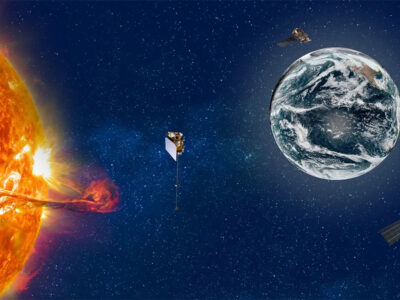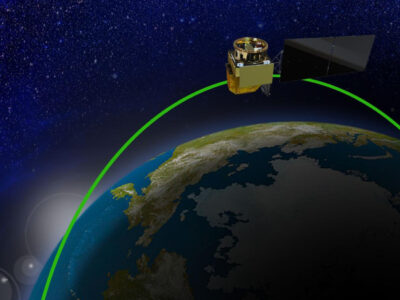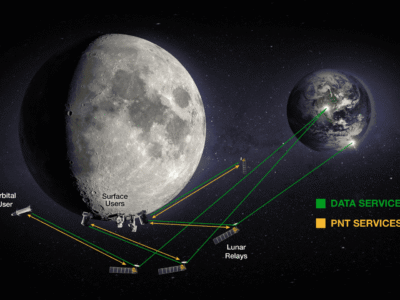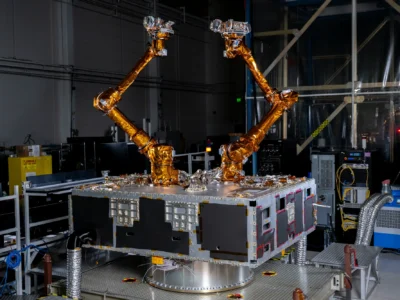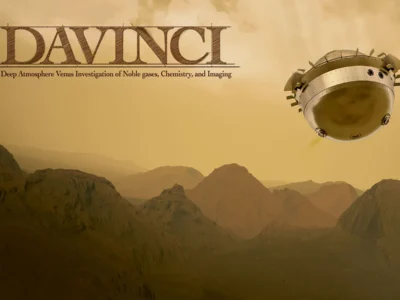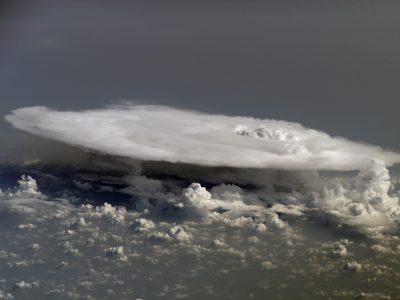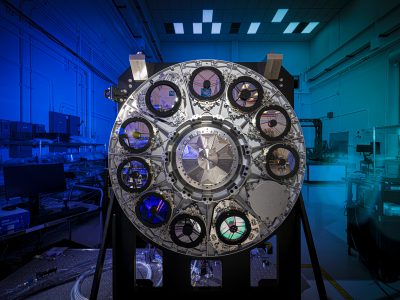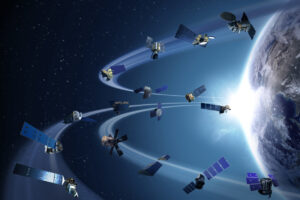
Flight Projects
in Development
Near Earth Orbit Network (NEON)
NOAA’s Near Earth Orbit Network (NEON) Program will develop future low-Earth orbit (LEO) environmental satellites. Low and medium Earth observations are critical for weather forecasting, environmental observation, and public safety. NEON sets the stage for NOAA to manage future polar and other low Earth and medium Earth orbit…
Space Weather Follow On-Lagrange 1 (SWFO-L1)
The Space Weather Follow-On (SWFO) program sustains NOAA’s foundational set of space-based, space weather observations and measurements collected by legacy missions (DSCOVR and SOHO) to ensure continuity of critical space weather data. To achieve these objectives, the SWFO program is developing…
QuickSounder
The QuickSounder mission will support NOAA’s next generation satellite architecture for its future low Earth orbit program, which will provide mission-critical data for the agency’s National Weather Service, the nation’s weather industry, and other users worldwide. QuickSounder is the first small satellite in NOAA’s Near Earth Orbit)…
Lunar Communications Relay and Navigation Systems (LCRNS)
NASA’s Lunar Communications Relay and Navigation Systems (LCRNS) project is an initiative aimed at enabling a robust communication and navigation infrastructure around the Moon. LCRNS is verifying and validating commercial lunar relay services…
Robotic Servicing of Geosynchronous Satellites (RSGS)
NASA and the Defense Advanced Research Projects Agency (DARPA) have signed an interagency agreement to collaborate on a satellite servicing demonstration in geosynchronous Earth orbit, where hundreds of satellites provide communications, meteorological, national security…
Mars Organic Molecule Analyzer (MOMA)
An international team of scientists has created a tiny chemistry lab for a rover that will drill beneath the Martian surface looking for signs of past or present life. The toaster oven-sized lab, called the Mars Organic Molecule Analyzer or MOMA, is a key instrument on the ExoMars Rover, a joint mission between…
The DAVINCI Mission
The DAVINCI (Deep Atmosphere Venus Investigation of Noble gases, Chemistry, and Imaging) mission will explore whether the inhospitable surface of Venus could once have been a twin of Earth – a habitable world with liquid water oceans. Due to launch in the early 2030s, NASA’s DAVINCI mission will investigate whether Venus — a sweltering…
Polarized Submillimeter Ice-cloud Radiometer (PolSIR)
The Polarized Submillimeter Ice-cloud Radiometer (PolSIR) is an instrument that will be used to help understand Earth’s dynamic atmosphere as well as its impact on climate. The PolSIR instrument will study high altitude ice clouds in tropical and sub-tropical regions using identical pairs of radiometers that will…
Nancy Grace Roman Telescope (Roman)
Roman is an infrared telescope named after Nancy Grace Roman (1925-2018) who was NASA’s first chief astronomer and is known as the ‘Mother of Hubble.’ Roman has two main objectives: discovering the cause of the expansion of the universe and searching for exoplanets. Roman and the James Webb…

